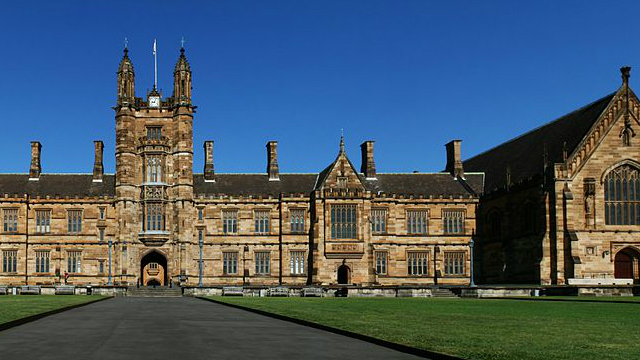
Australia’s education outcomes have deteriorated, despite increased spending on teachers and policies to increase teacher quality and quantity.
Education policy is dominated by inputs-based approaches, which see increasing inputs — such as the number of teachers (and, correspondingly smaller class sizes), salaries, and narrow indicators of ‘quality’ (such as level of credentials, years of experience, and teachers’ test scores) — as the path to better education outcomes. But there is little evidence that increasing inputs improves outcomes.
Teacher quality and quantity: key points
Common misconceptions about the quantity and quality of the teacher workforce compromise evidence-based education policy. A common quantity misconception is that there’s an overall teacher workforce shortage. But there’s little evidence to validate this. By international standards, Australia has among the most resourced school systems and records among the lowest on indicators of overall staff shortages.
While there is a serious shortage of maths teachers, the overall teacher workforce has been growing steadily and more quickly than the growth in the student population. To alleviate geographic- and subject-specific teacher shortages requires targeted interventions to diversify teacher supply.
It is often assumed that there is a significant teacher attrition problem. However, the evidence does not confirm this. Moreover, the source of attrition is not clear and not all attrition is undesirable. It’s also not clear that attrition — particularly at Australia’s relatively low levels — has any impact on student outcomes. However, policies aimed at preventing attrition — such as increases in across-the-board salaries and reductions in class sizes — are expensive and do not lift outcomes.
A common quality misconception is that Australian teachers are of a low academic standard and that this is responsible for declining student outcomes. There’s little ground for this concern, as Australian teachers are largely from a similar point in the academic distribution as the teachers in high-performing countries.
However, there is evidence of poor quality of teacher training. Improvements to teacher quality will come from better training, not ‘better’ teachers per se. The practices and performance of teachers when they are in training is a strong indicator of their likely effectiveness in future. Trainee teachers who are placed in high-performing schools and with highly-effective supervising teachers are equally as effective as third year teachers by the time they enter the workforce.
There is strong evidence that the quality — though not necessarily quantity — of time that trainee teachers spend in practicum is a significant predictor of teachers’ effectiveness. Moreover, trainee teachers demonstrate significantly better outcomes when they are paired with instructionally effective supervising teachers and placed in schools that are high performing.
Many of the factors commonly assumed to result in better quality of teachers are not supported by evidence. For instance, more experienced, more confident, higher credentialled teachers are no more effective than less experienced, less confident, or lower credentialled teachers. Smaller classes, higher pay, and teachers’ work conditions are all also unrelated to the achievement of students.
Teachers are critical to lifting Australia’s education outcomes. The quality of teaching is the greatest controllable factor impacting on student achievement. But greater commitment to evidence-based management of the teacher workforce is needed to ensure better decision-making, and ultimately, to lift Australia’s education outcomes in the years to come.
FURTHER READING: Failing to teach the teacher: An analysis of mathematics Initial Teacher Education
Selected references
Hanushek, E. (2003). The Failure of Input-Based Schooling Policies, Economic Journal, 113 (485), pp. F64-F98.
Australian Government. (2015). Action Now: Classroom Ready Teachers –Australian Government Response, Canberra.
AITSL (2020). National Initial Teacher Education Pipeline Australian Teacher Workforce Data Report 1, Australian Teacher Workforce Data, Australian Institute for Teaching and School Leadership.
Australian Institute for Teaching and School Leadership. (2020 December). Spotlight: Initial teacher education today. https://www.aitsl.edu.au/research/spotlight/initial-teacher-education-today
ABS (2021). Schools, cat 4221.0, Australian Bureau of Statistics.
ABS Labour Force Survey and National Skills Commission Employment Projections to 2025: ANZSCO ID 2412 and ANZSCO ID 2414.
Fahey, G. (2020). Dollars and Sense: Time for smart reform of Australian school funding, Research Paper No 40, Centre for Independent Studies.
Fahey, G. (2020). Dollars and Sense: Time for smart reform of Australian school funding, Research Paper No 40, Centre for Independent Studies.
Weldon, P. R. (2016). Out-of-field teaching in Australian secondary schools, Policy Insights, Issue No 6, June 2016, Australian Council for Educational Research.
McConney, A. and Price, A. (2009). Teaching Out-of-Field in Western Australia, Australian Journal of Teacher Education, 34 (6), pp. 86-100.










